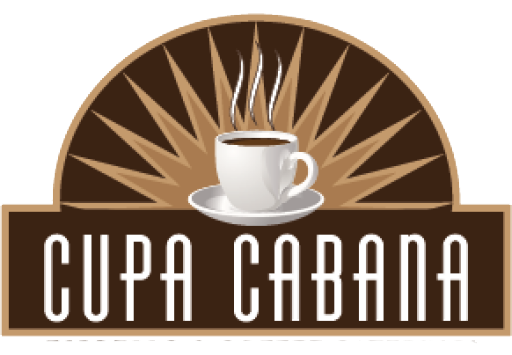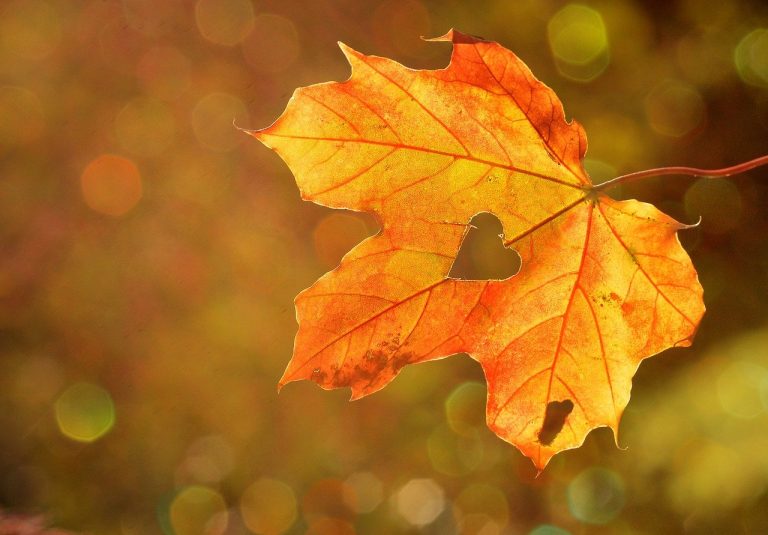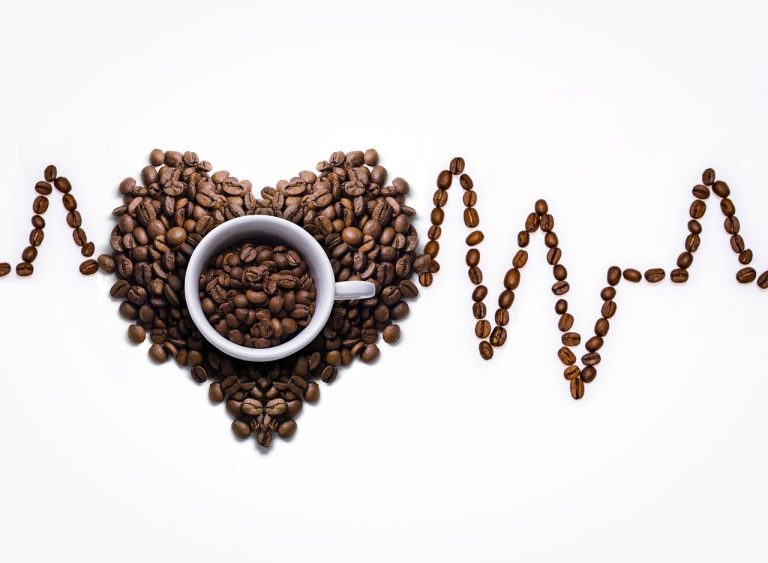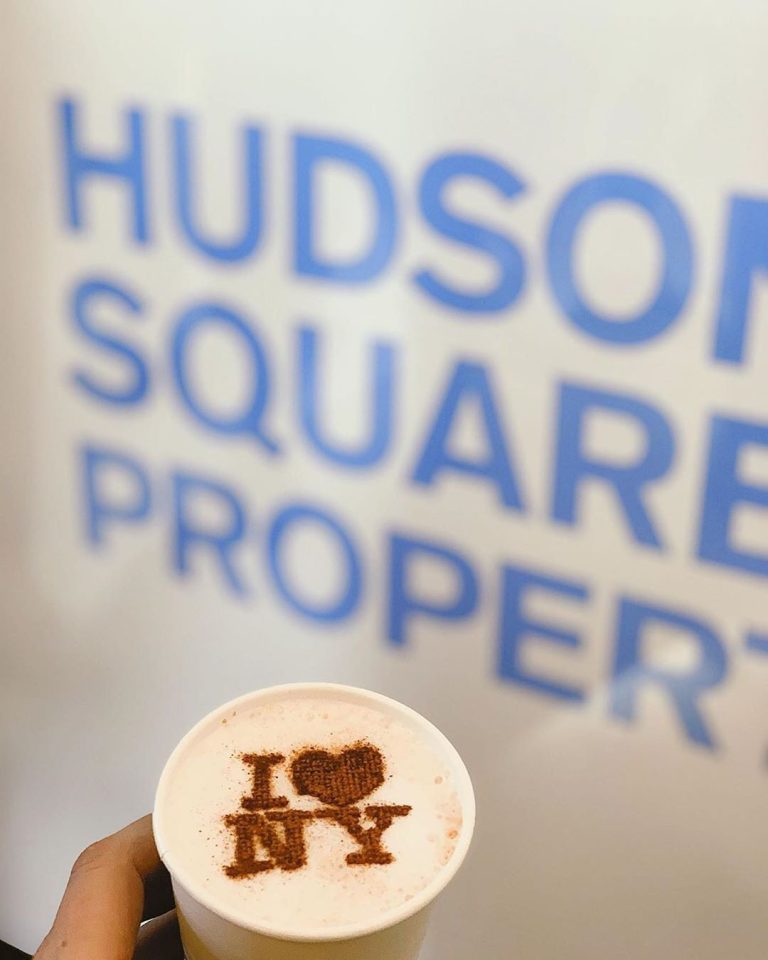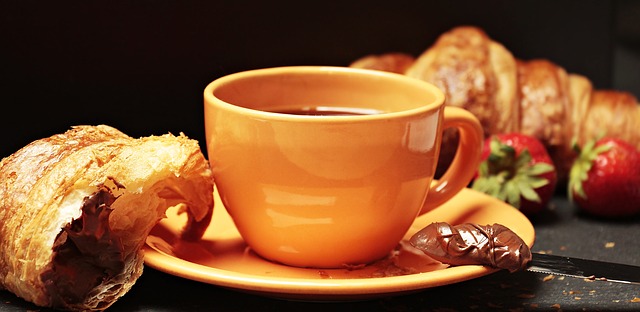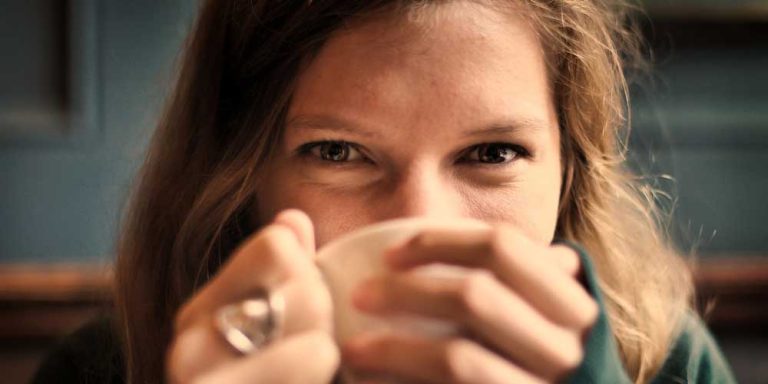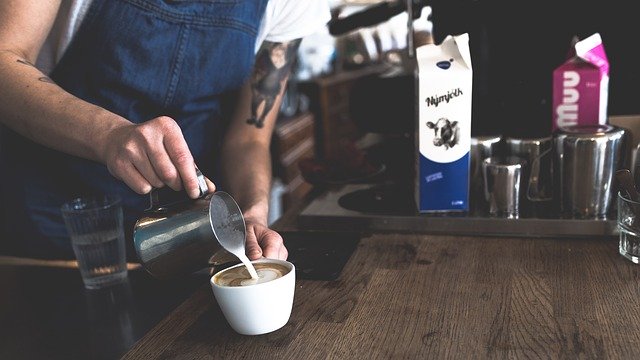How Coffee Yields Such Alluring Flavors
Suggestively written upon the bag of coffee in your cabinet are water-mouthing words like “heavy bodied with exotic hints of chocolate-toned spices and robust complexity.” You may not inherently know what that tastes like, but something about it just sounds delicious. Writing about it now makes us want to put a pot on even though it’s well past 10pm. What are these flavors and where do they come from? The answer: coffee roasting, AKA the gateway to flavorful java.
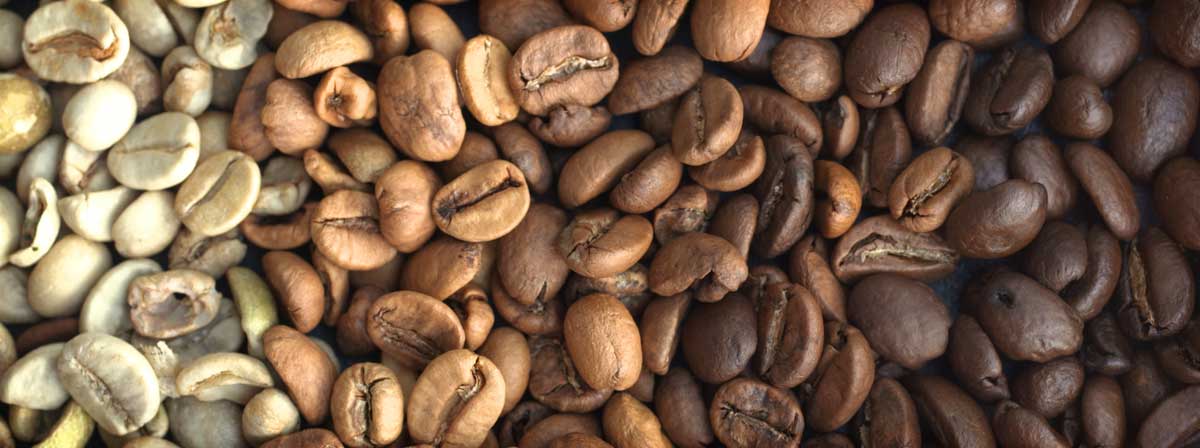
Coffee roasting is vital to the process of producing a palatable drink. Roasting is what transforms green coffee, which closely resembles a cherry, into aromatic beans for grinding and enjoying. Coffee roasting is both a technique and a science. It’s a blend of right and left ingenuity that yields a final outcome, which is integral to our morning routines and special events.
What Does Coffee Roasting Do?
Roasting brings out the aroma and flavor that is locked into green coffee beans. In their pre-roasted state, the beans share little similarities to the final product. When raw, coffee beans are green in color and have little-to-no-taste. Roasting causes chemical changes to take place as the beans are rapidly brought to very high temperatures. The beans tumble through the roaster while violently popping and cracking. When they reach their peak, they are quickly cooled to stop the process. Roasted beans actually weigh less because the moisture has been roasted out. They are crunchy to the bite and ready to find their way into your cup.
Types of Roasts and Their Characteristics
Coffee is a remarkably complex substance. It can consist of more than 800 different flavors and aroma-producing elements. To put it in perspective, wine has only about 200.

Light Roast
As it suggests, a light roast has a light brown shade and sometimes referred to as a blonde roast. They are only roasted until what is known as the “first crack,” which occurs when the beans reach 350 – 400°F. Their taste is earthy, grainy, and acidic. Since the roasting process burns off caffeine (yes, you read that right dark roast drinkers) a light roast will give you a bigger jolt than any of the others. Common varieties of light roasts are Light City, Half City, Cinnamon Roast and New England Roast.
Medium Roast
Medium roasts are dark brown with non-oily surfaces and a rich scent. Traditionally, it’s the most preferred type of coffee in America. When you’re on the hunt for a familiar flavor, a medium roast is a go-to. Medium roasts have a balanced flavor profile that’s pleasing to most coffee drinkers. Common medium roasts are City, American, and Breakfast.
Dark Medium Roasts
Dark medium roasts are commonly adored by Americans as well. These beans have a deep, dark brown color with a semi-oily surface. Medium roasts have bittersweet notes and a bold-bodied flavor profile. If you enjoy deep flavors, you’ll like a dark-medium roast such as Full City.
Dark Roast
Not for the faint of taste buds, dark roasts are nearly black with an oily surface. They have noticeable bitterness and less acidity than the other roasts. For those who like a strong and pronounced flavor, a dark roast is the way to go. Common dark roasts are High, Continental, New Orleans, European, Espresso, Viennese, Italian, and French.
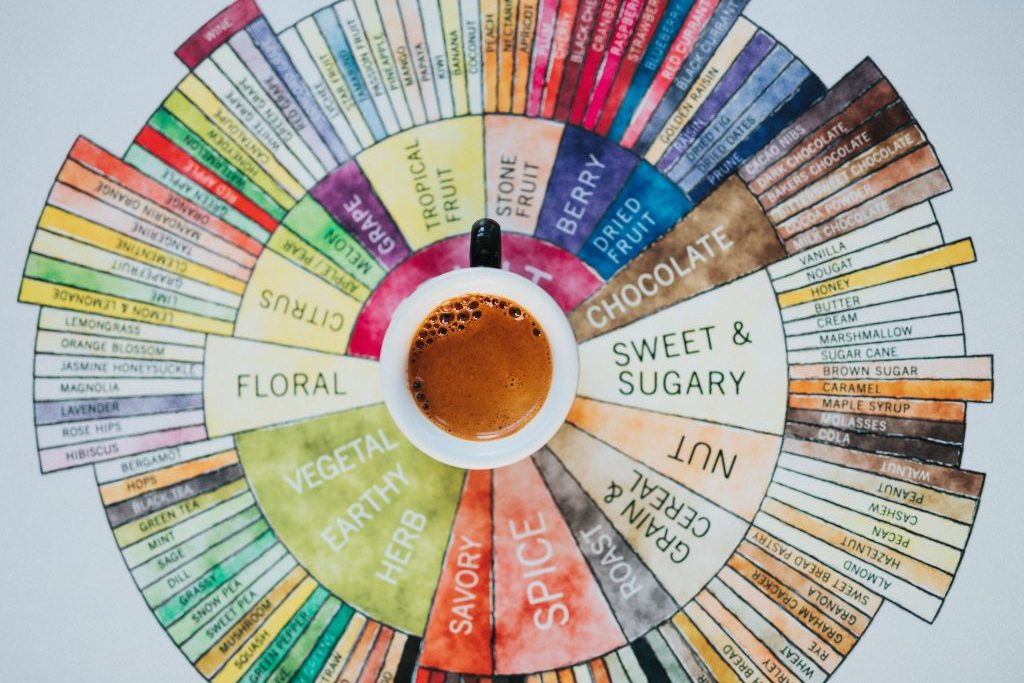
The next time you’re ordering coffee at a cafe, will you go with your regular choice or change your mind based on your new coffee knowledge? Either way, you’re well-prepared for a night of Coffee Trivia. Better latte than never!
